
https://scholar.google.de/citations?user=AGbhaIwAAAAJ&hl=de

🙏 Thanks to all my mentors in the field of @ercresus.bsky.social @neurocritical.bsky.social @jama.com @neurocritcarej.bsky.social @dgn-ev.bsky.social
www.thelancet.com/journals/lan...

📝 This Review discusses PFO-associated stroke management.
ja.ma/430lxyZ

📝 This Review discusses PFO-associated stroke management.
ja.ma/430lxyZ
https://doi.org/10.1523/ENEURO.0276-25.2025

https://doi.org/10.1523/ENEURO.0276-25.2025
📚 Read now: onlinelibrary.wiley.com/doi/10.1111/...
#Neurology
@ean.org #WileyNeuro

📚 Read now: onlinelibrary.wiley.com/doi/10.1111/...
#Neurology
@ean.org #WileyNeuro
#NCS2025
ja.ma/4naOW1t

#NCS2025
ja.ma/4naOW1t


jamanetwork.com/journals/jam...

jamanetwork.com/journals/jam...
This review discusses PFO-associated stroke management.
ja.ma/4orDOyr

This review discusses PFO-associated stroke management.
ja.ma/4orDOyr
🧠 #neuroimaging #neuroskyence
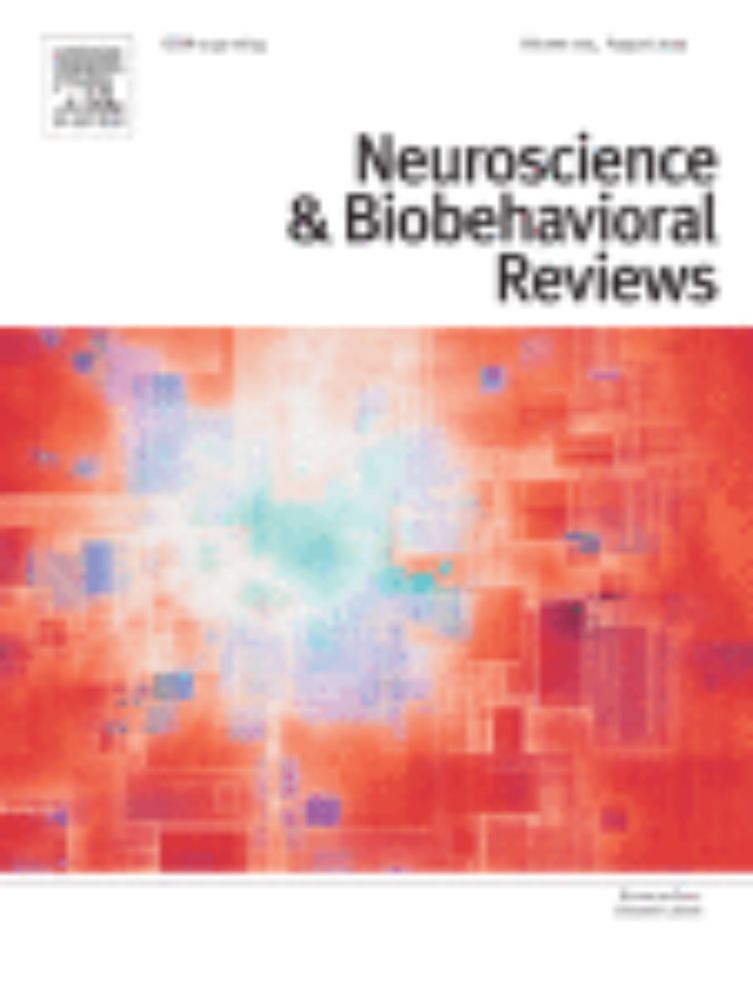
🧠 #neuroimaging #neuroskyence
www.resuscitationjournal.com/article/S03...
#Resuscitation
www.resuscitationjournal.com/article/S03...
#Resuscitation
#AI #MedSky #NeuroSky
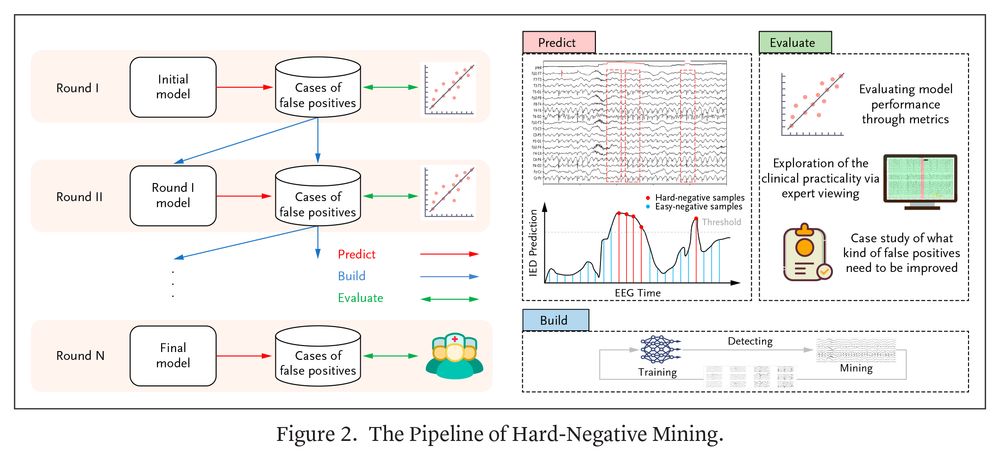
#AI #MedSky #NeuroSky
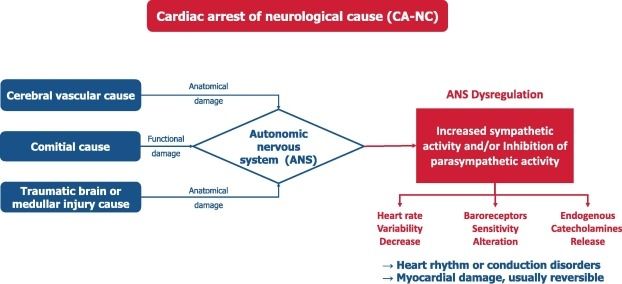
www.resuscitationjournal.com/article/S03...
#Resuscitation
www.resuscitationjournal.com/article/S03...
#Resuscitation
www.resuscitationjournal.com/article/S03...
#Resuscitation
www.resuscitationjournal.com/article/S03...
#Resuscitation
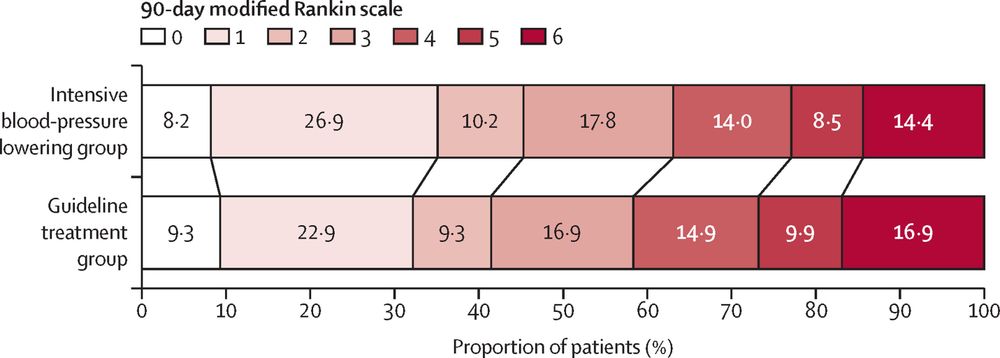
Link: link.springer.com/ar...
@neurocritical #neurocritcare

Link: link.springer.com/ar...
@neurocritical #neurocritcare
We identified different histopathological phenotypes in 319 (!) patients with postmortem brain autopsies 🧠 🔬
@resuscitation.bsky.social
@neurocritical.bsky.social
www.sciencedirect.com/science/arti...
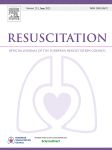
We identified different histopathological phenotypes in 319 (!) patients with postmortem brain autopsies 🧠 🔬
@resuscitation.bsky.social
@neurocritical.bsky.social
www.sciencedirect.com/science/arti...


@resusplus.bsky.social @ercresus.bsky.social
Correlation between
🧠 🔬 Microscopic brain injury
✳️ Duration of resuscitation
✳️ Regain of consciousness
📖Read more:
www.sciencedirect.com/science/arti...
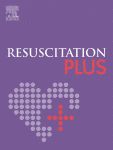
@resusplus.bsky.social @ercresus.bsky.social
Correlation between
🧠 🔬 Microscopic brain injury
✳️ Duration of resuscitation
✳️ Regain of consciousness
📖Read more:
www.sciencedirect.com/science/arti...
Link:link.springer.com/ar...
@neurocritical #neurocritcare

Link:link.springer.com/ar...
@neurocritical #neurocritcare
In @thelancetoncol.bsky.social, a Review provides guidance on managing neurological issues associated with CAR T-cell therapy: tinyurl.com/3fxd5vtt
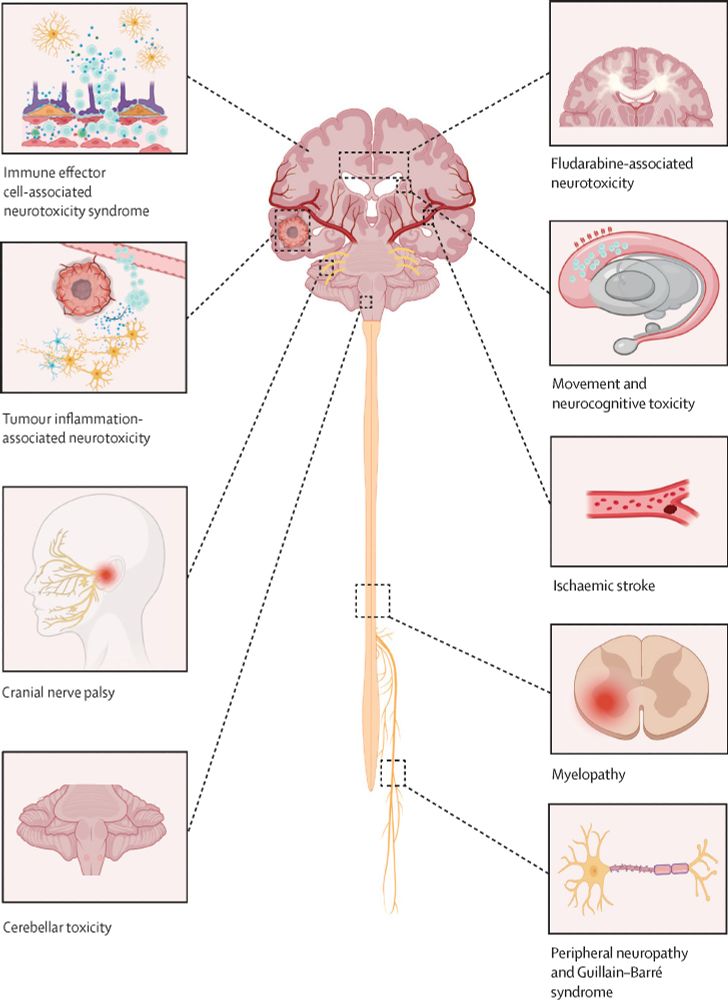
In @thelancetoncol.bsky.social, a Review provides guidance on managing neurological issues associated with CAR T-cell therapy: tinyurl.com/3fxd5vtt

🧠📈 www.nature.com/articles/s41...

🧠📈 www.nature.com/articles/s41...

